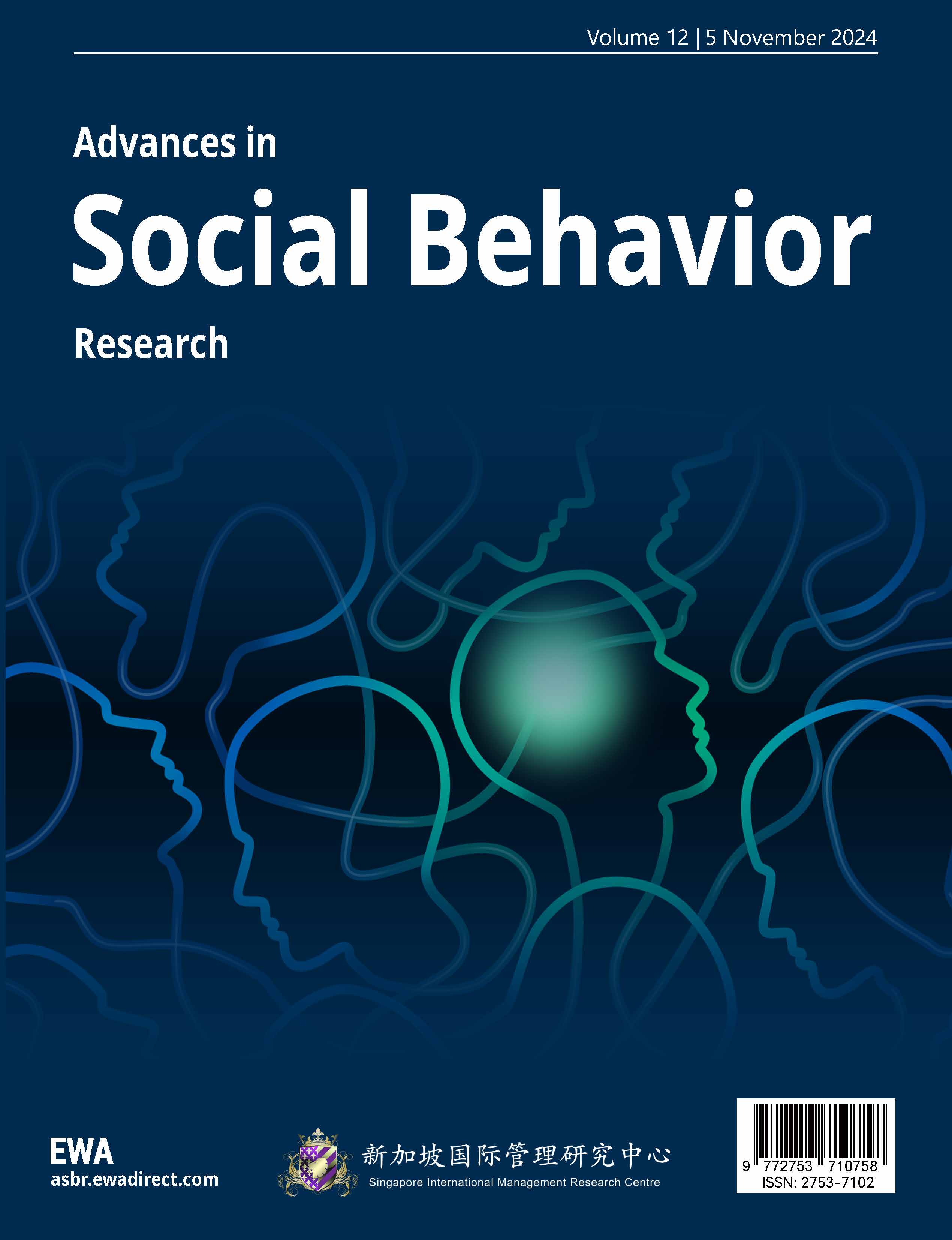References
[1]. Xing, C. G. (2020). “Wanting to give birth” yet “not wanting to give birth”: An exploratory study on the contradictory fertility attitudes of childless youth.China Youth Research, (7), 54–61.
[2]. Zhang, R., & Li, Y. (2025). Swing-type fertility intentions: An analysis of the decision-making logic and mechanisms of childbearing among women of childbearing age under emotional tension.China Youth Research, (3), 40–49.
[3]. Yu, X., & Liang, J. N. (2021). Fertility intentions of China’s only-child women: From the perspective of intergenerational transmission.Zhejiang Social Sciences, (11), 80–89, 97, 158–159.
[4]. Liang, S. Y., Ji, Y., & Li, Y. R. (2025). An analysis of the factors influencing fertility intentions of women of childbearing age and their families based on grounded theory.China Health Education, 41(3), 233–237.
[5]. Jia, Z. K. (2009). Changes in fertility intentions of Chinese residents after the 1950s.Population and Economy, (4), 24–28, 33.
[6]. Hou, J. W., Huang, S. L., & Xin, Z. Q. (2014). Changes in China’s population fertility intentions: 1980–2011.Chinese Social Sciences, (4), 78–97, 206.
[7]. Ren, Y., & Jin, Y. (2024). The influence of family factors on residents’ fertility intentions and policy implications.Journal of Shandong Women’s University, (4), 120–132.
[8]. Wuhan University “14th Five-Year Plan” Population Policy Research Team. (2020). Reflections and recommendations on population-related economic and social policies during the 14th Five-Year Plan period.China Population, Resources and Environment, 30(6), 20–28.
[9]. Mo, W. Q. (2019). Theoretical and empirical analysis of the relationship between marital stability and fertility changes.Zhejiang Social Sciences, (5), 83–92, 135, 158.
[10]. He, M. S., & Yu, M. (2017). Household per capita income, intergenerational social mobility, and fertility intentions.Labor Economics Research, 5(5), 117–140.
[11]. Mao, Z. Y., & Luo, H. (2013). Differences in fertility intentions and behaviors among women eligible for the two-child policy: An empirical study based on the theory of planned behavior.Population Research, 37(1), 84–93.
[12]. Zhao, M. H. (2019). The impact of women’s education level and marital patterns on the intention to have a second child.Demography Journal, 41(3), 16–27.
[13]. Yang, Y. N. (2020). Effects of delayed age at first marriage and marriage duration on fertility intentions.Southern Population, 35(3), 21–32.
[14]. He, X. B. (2020). Mechanisms of the effect of urban integration on migrant workers’ fertility intentions.Journal of South China Agricultural University (Social Sciences Edition), 19(3), 47–58.
[15]. Li, F. (2017). Does religious belief affect fertility intentions? Analysis based on CGSS 2010 data.World Religious Studies, (3), 18–34.
[16]. Zhang, X. D., Zhang, Y. L., & Jia, G. P. (2021). Research progress on low fertility in China: A literature review.Population and Development, 27(6), 9–21.
[17]. Yan, Y. P., Zhang, S. X., & Li, Y. D. (2024). Research on the impact of family factors on fertility among the childbearing population.Northwest Population, 45(3), 54–65.
[18]. Zhou, J. J., Ren, J. J., & Ju, F. (2022). The impact of housing stratification on urban residents’ fertility intentions.Journal of Shandong University (Philosophy and Social Sciences Edition), (6), 108–120.
[19]. Yang, F. (2025). Bundling and unbundling: Examining marriage and parenting through the lens of “new consensual fertility.”Youth Exploration, 1–9. [J/OL]
[20]. Zhao, H. R., & Tong, H. J. (2015). Intergenerational influence of the family of origin.Journal of North Minzu University (Philosophy and Social Sciences Edition), (3), 126–129.
[21]. Jiao, Y. (2021). Analysis of factors influencing urban women’s fertility intentions in the new era: A case study of Nanjing.News Knowledge, (02), 80–85.
[22]. Wang, Y. F., & Luo, C. (2021). Promote or inhibit? Analysis of the effect and mechanism of education level on fertility intentions.Population and Development, 27(5), 72–82, 23.
[23]. Zhou, X. M. (2018). The influence of economic status and education level on urban household fertility intentions.Population and Economy, (5), 31–40.
[24]. Zhang, X. X., & Cui, Y. Q. (2020). Are women with high human capital more willing to have a second child? A study on the transformation of fertility intentions based on human capital.Journal of Tsinghua University (Philosophy and Social Sciences Edition), 35(2), 182–193.
[25]. Dong, X. X. (2022). Study on the influencing factors and promotion policies of fertility intentions [Doctoral dissertation, Guangzhou University].



